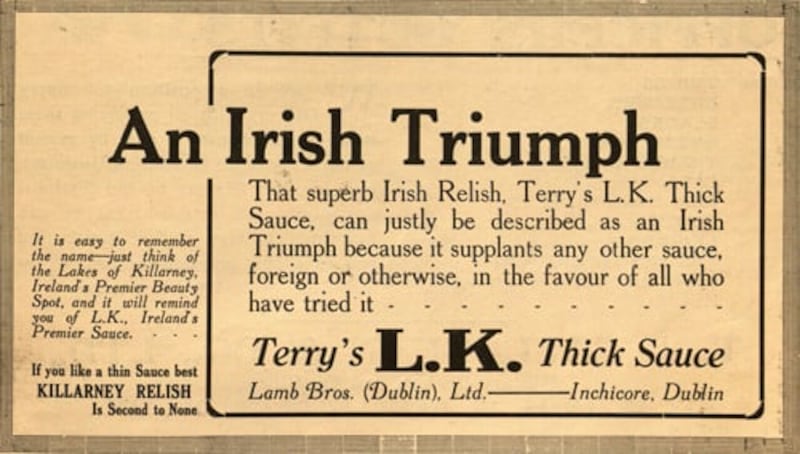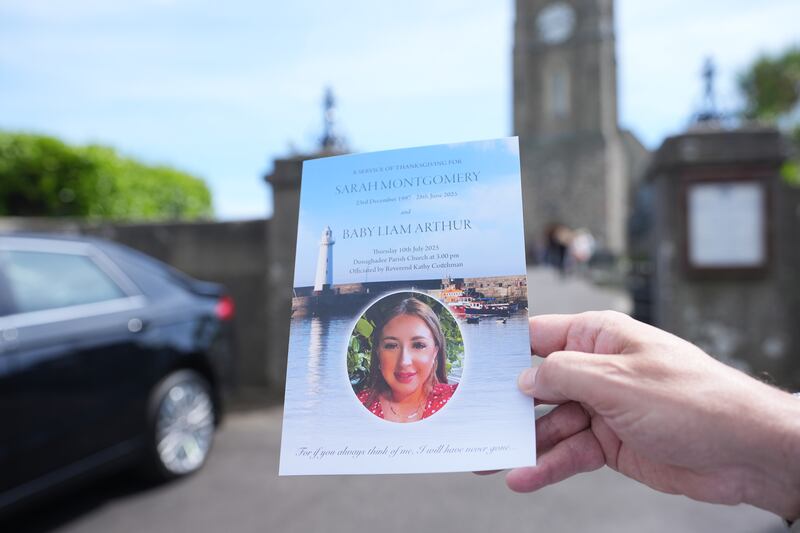1. The first stamp
The first stamps of the Free State were actually British stamps overprinted with: “Saorstát Éireann”.
[ Read the complete Century: 1923 Birth of a Nation seriesOpens in new window ]
This design, by James Ingram, was one of the first Irish-designed stamps used from 1922-23 onwards. The denomination was 2d, or two old pennies. The fact that the map did not contain a border sparked some controversy at the time.
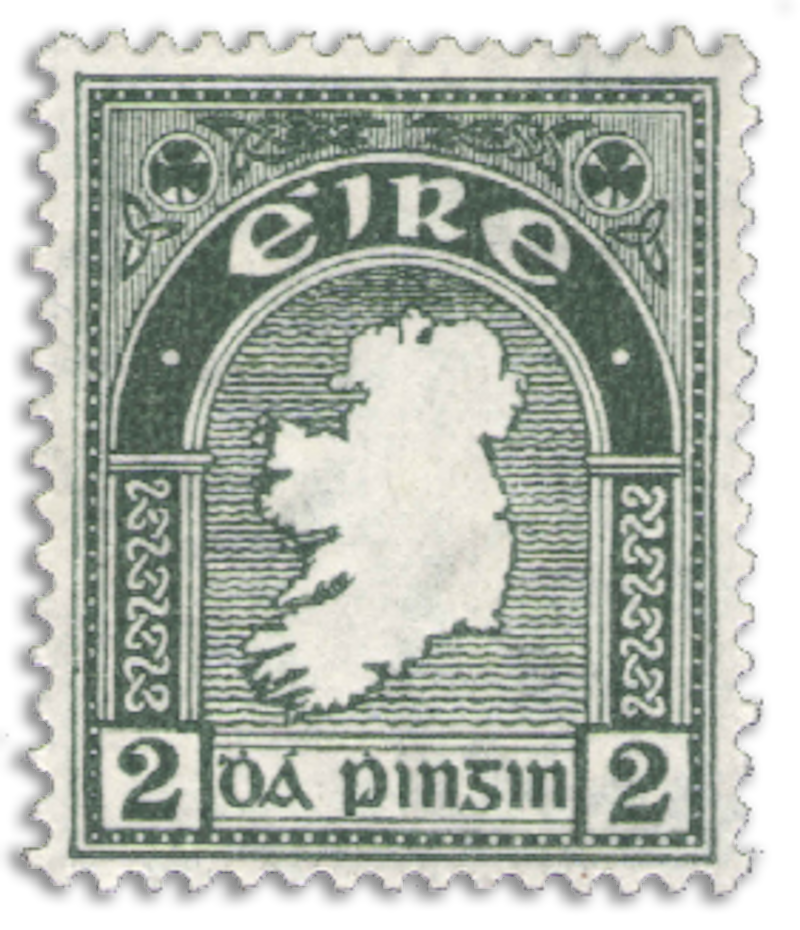
2. The Liffey Swim
READ MORE
This painting by Jack B Yeats in 1923 went on to win a silver medal at the Paris Olympics exhibition in the following year. Exhibitions were part of the Olympic Games from 1912 to 1948. It marked his growing interest in expressionism and his adoption of fluid brushwork and a charged palette.

3. 36000 turbine
In 1923 Thomas McLaughlin, a young engineer from Drogheda, returned to Ireland after working abroad with Siemens in Berlin where he studied hydroelectric schemes. He first put forward the idea of a “Shannon Scheme” later that year. It was eventually approved by the Free State Government. A budget of just over £5 million was allocated to the project, 20 per cent of Ireland’s national revenue at the time. Work began on the “Shannon scheme” in 1925. Within a decade it was producing 80 per cent of Ireland’s electricity.
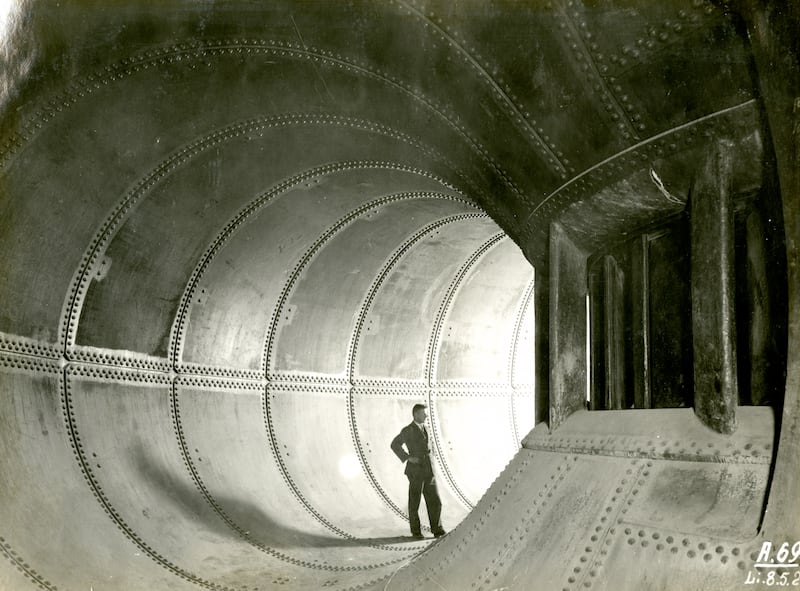
4. First aircraft owned by Irish State
This single-engined Martinsyde Type A Mark II aircraft was initially bought to permit Gen Michael Collins to escape from London if the Treaty talks with Britain failed. It became the first aircraft owned by the Irish State and later became known as the “Big Fella”. By 1922-23, the Air Service HQ was established at Baldonnel, from where 14 pilots flew 13 aircraft.
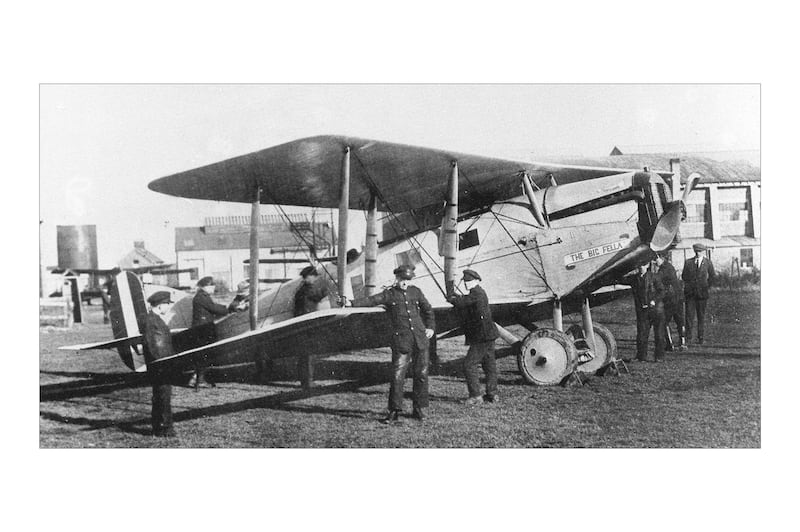
5. Business card of one of Ireland’s first diplomats
Michael MacWhite, a diplomat from Glandore, Co Cork, served as the Irish Free State’s representative to the League of Nations (1923-29). A colourful character, he started out as a journalist on the Continent, reporting from as far afield as the Balkans and the Middle East, before joining the French Foreign Legion where he was wounded twice and won the Cross de Guerre three times. He later had a distinguished career in the Department of External Affairs.
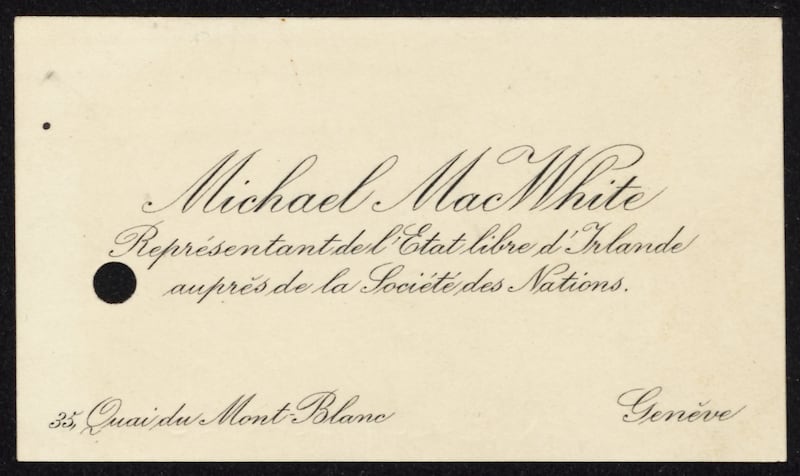
6. The Scott Medal
In 1923 Colonel Walter Scott, a philanthropist and honorary commissioner of the New York City Police, presented An Garda Síochána, then the world’s youngest police force, with a $1,000 gold bond. There was one condition attached to the award of the Scott Medal: “No action, however heroic, will merit the award of the Scott medal unless it takes the shape of an act of personal bravery, performed intelligently in the execution of duty at imminent risk to the life of the doer, and armed with full previous knowledge of the risk involved.”
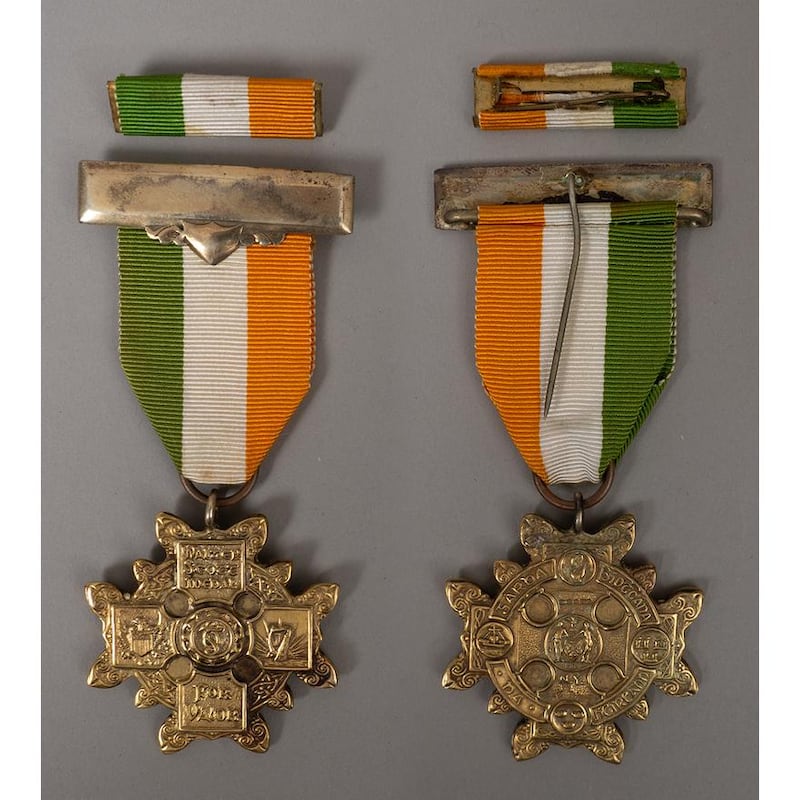
7. Tarnish (a movie)
Ireland’s first film censor, James Montgomery, once said: “I take the Ten Commandments as my code.” It is estimated that he banned about 100 films a year. One of the first was a US movie, Tarnish, a silent drama which featured an unfaithful husband. Montgomery said it was “the most vulgar film I’ve seen ... such filth won’t be tolerated”.
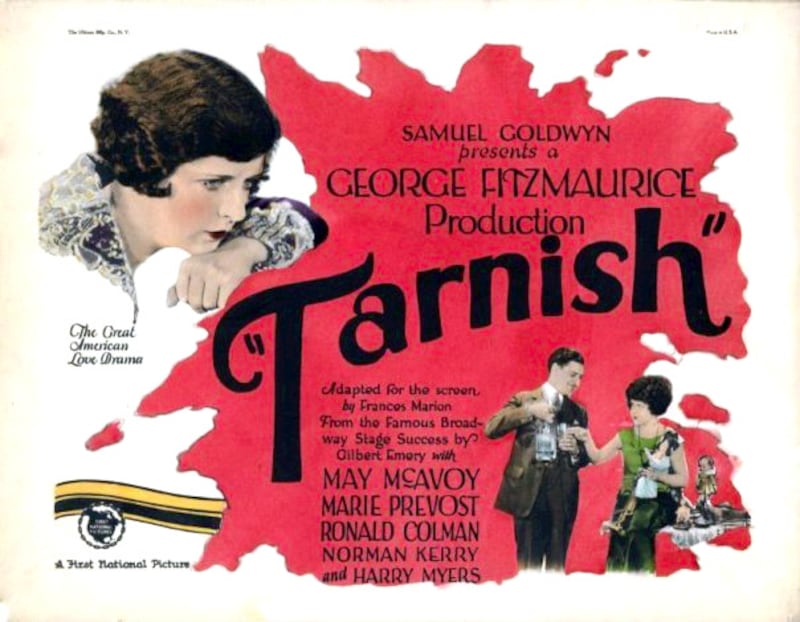
8. Ireland is Heaven to Me (sheet music)
The Irish immigrant market for music was big business in the United States in the 1920s and 1930s both in the form of sheet music and phonograph records. Ireland Is Heaven To Me, by US-born singer Gerald Griffin, is typical of the sentimental tunes of the time. He also co-wrote or recorded It’s Only a Step from Killarney to Heaven, Mother in Ireland, My Sweet Killarney Rose, and so on. His record label, Okeh, specialised in providing a supply of songs to other immigrant communities.

9. Muirchú
This ship, in the service of Irish Free State’s Coastal and Marine Service, was purchased in 1923. If she seemed familiar to some, it may have been because she was formerly known as the Helga and was involved in shelling Dublin’s Liberty Hall during the 1916 Rising. The ship was equipped with a pair of 12-pounder naval guns at the time. Helga was renamed Muirchú when purchased from the Royal Navy. After being decommissioned, she sank off the Wexford coast in the mid-1940s.
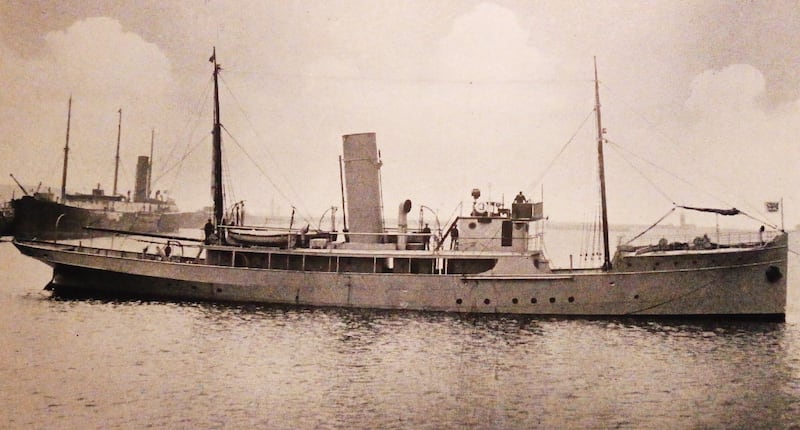
10. Travel poster
Ireland, economically, was in desperate shape in 1923 but there were hopes that the tourism sector could provide a boost to its coffers. Posters such as this one were displayed in railway stations across Europe and designed to promote the country as a romantic and mythical destination. This scene shows Ballynahinch in Co Galway and describes Ireland as the “romantic land of natural beauties”, and promoted easy access by railway. The Galway-to-Clifden train is faintly visible in the background.
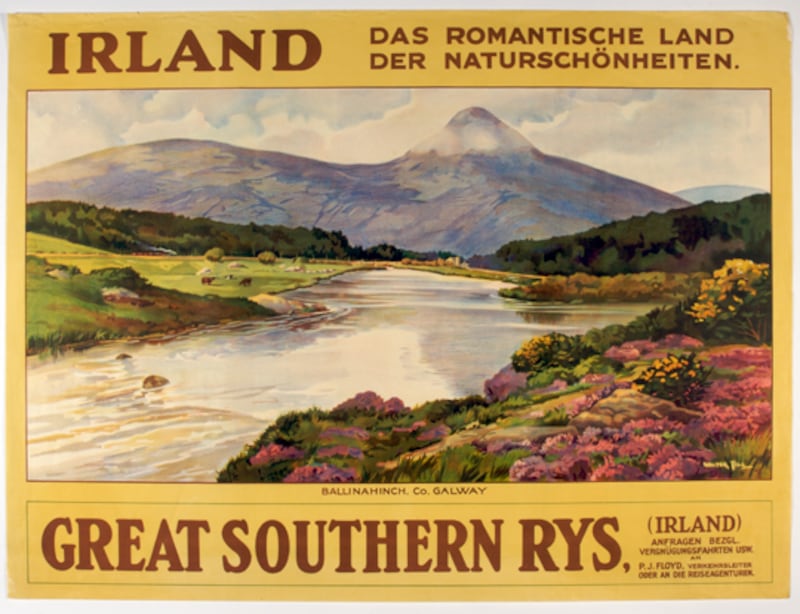
11. Liam Lynch uniform
Liam Lynch (1890-1923) emerged as one of the most formidable IRA commandants during the War of Independence. He was a key opponent of the Treaty after the split and became chief of staff of the anti-Treaty IRA during the Civil War. He hoped to create a republican base below the “Limerick-Waterford” line. The anti-Treaty side, however, lost ground and momentum. While escaping over the Knockmealdown mountains in April 1923, Lynch was shot and wounded by the National Army in pursuit. He died hours later. It was left to Lynch’s successor, Frank Aiken, to issue a “dump arms” order to the republican forces six weeks later, bringing the Civil War to an end.
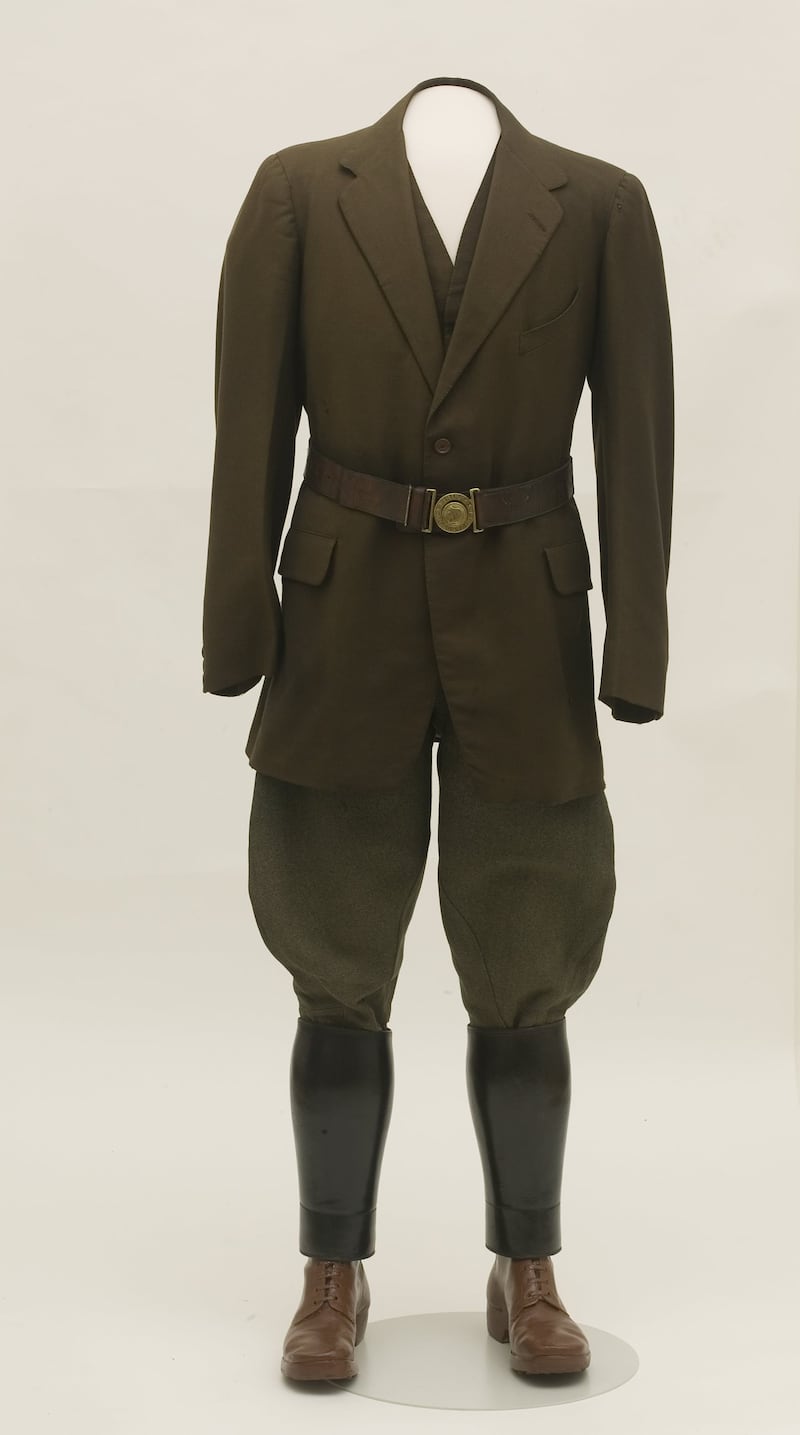
12. First petrol pump
The first kerbside petrol pump was installed outside the Nassau Motor Company at No 25 Nassau Street, Dublin. There were an estimated 10,000-plus motor vehicles in Ireland at the time. A significant step forward in road safety came in 1923 with the introduction of a uniform code of hand signals for use by police and motorists in the Free State.
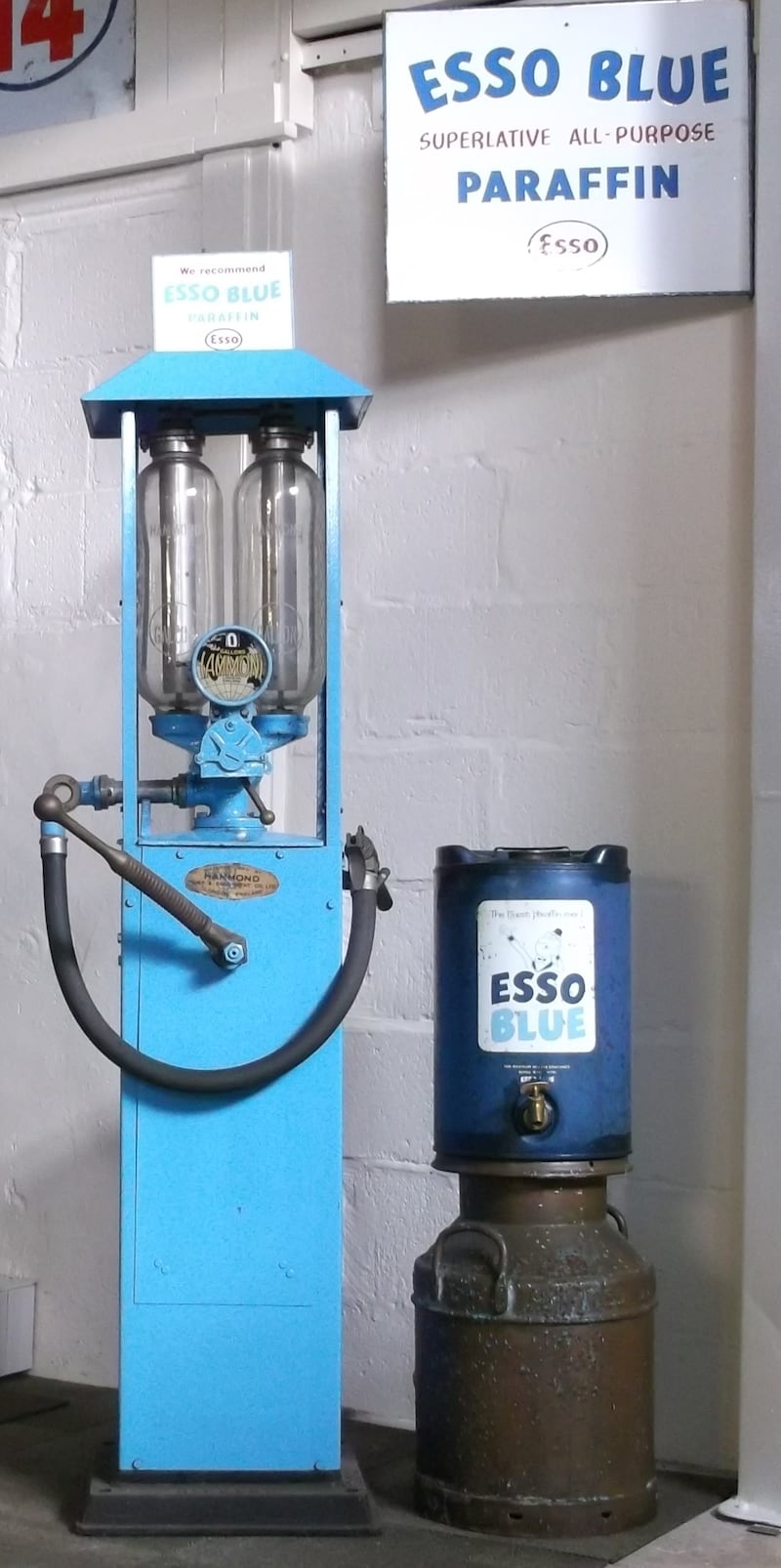
13. £5 note
The Irish Free State continued to use sterling until 1928. In the meantime the fixed link with sterling – which had been in existence for nearly a century – continued. Private banks such as the Bank of Ireland also issued so-called joint stock currency. In 1923 the British and Irish Free State governments made an informal agreement to divide stamp duty on circulating Irish joint-stock banknotes. This measure was put in place to avoid double taxation of the Irish banks.
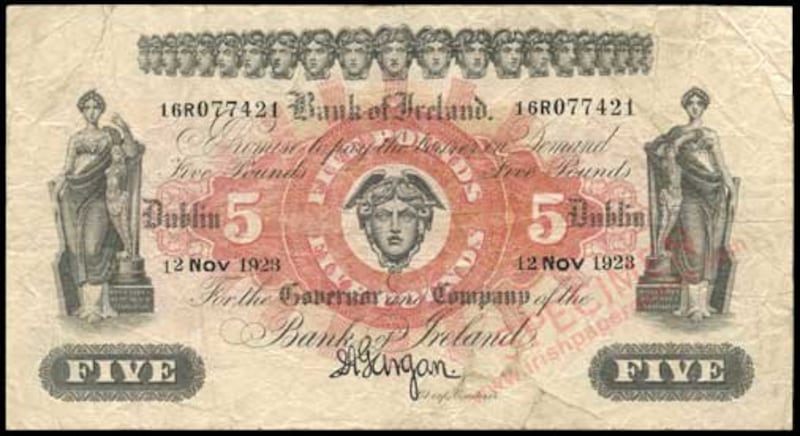
14. First Garda uniform
Following the Civil War the Royal Irish Constabulary was disbanded and a new police force, the Civic Guard, was established. It was renamed An Garda Síochána na hÉireann in August 1923. In Dublin, policing remained the responsibility of the Dublin Metropolitan Police until it merged with the Garda in 1925. This eight-buttoned, high-neck coat was the first type of uniform used. The belt and buckle carries the name of the new force and is surrounded by a Celtic-style design.
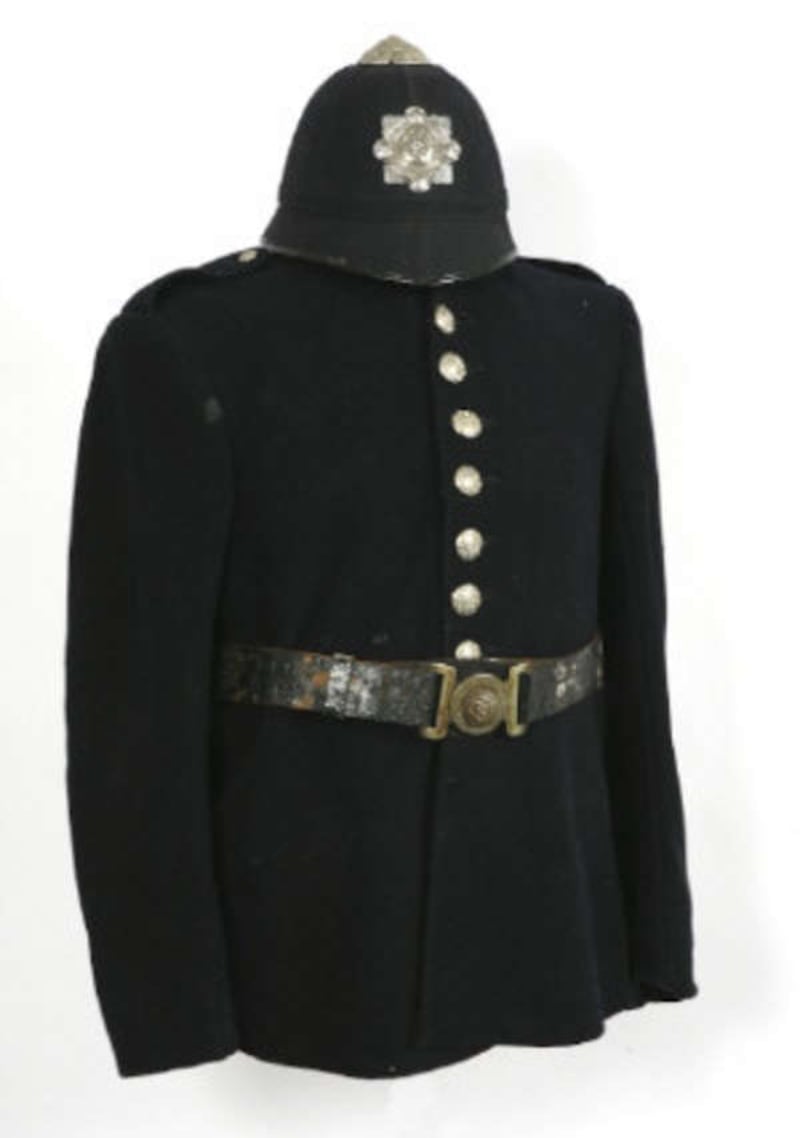
15. Harp carved by a prisoner
This harp was carved from animal bone by Irish anti-Treaty prisoners interned in the Curragh, Co Kildare. It is decorated with a shamrock and the inscription “Tintown No. 3″. It was one of several prisons and internment camps used for an estimated 12,000 anti-Treaty internees. Many remained incarcerated even after the anti-Treaty soldiers were ordered to dump arms. Many went on hunger strike and some were not released until 1924.
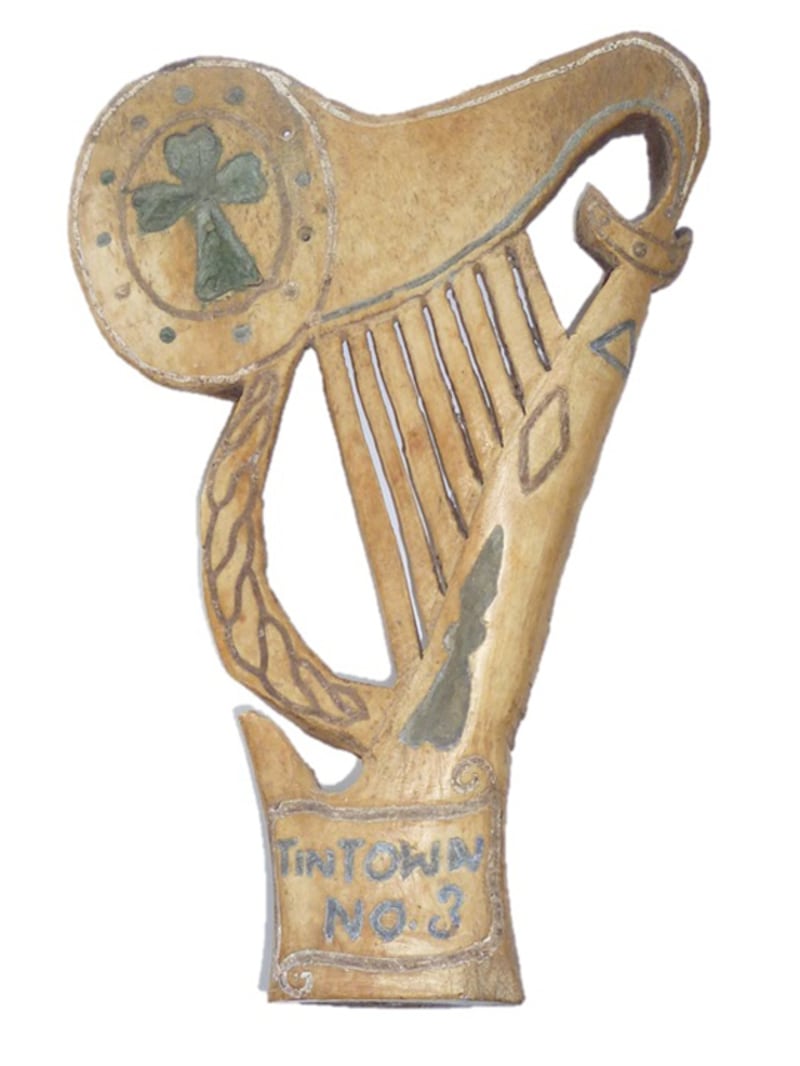
16. Townsend Street flats
The flats, completed in 1923, were among the first social-housing projects of Dublin Corporation. These three storeys above ground-floor shops remained in use continuously until the end of the century. They deteriorated significantly in recent decades and the council began move the flats’ mostly elderly residents to new accommodation. The last resident left in 2011. The Peter McVerry Trust is refurbishing them as social housing.
17. Yeats’s Nobel Prize medal
In November 1923 William Butler Yeats created history when he was awarded the Nobel Prize in Literature, the first Irish citizen to achieve such an accolade. It was generally taken as an acknowledgment of Irish independence. Yeats later said it was Europe’s welcome to the Free State. Yeats may also have appreciated the money. According to legend, he interrupted the telephone call notifying him of the honour with the question: “How much?” The medal, now valued at €1.5 million, was donated by the Yeats family to the National Library of Ireland in 2016.
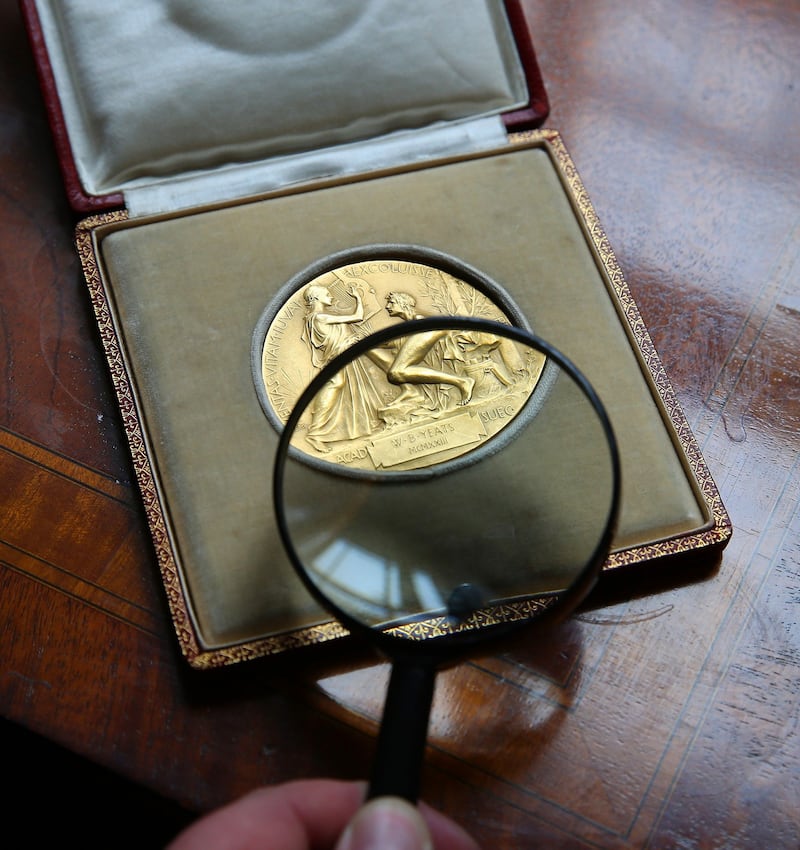
18. ‘The Eve of St Agnes’ by Harry Clarke
In 1923 Harry Clarke was commissioned to create a stained-glass window for the home of Harold Jacob of Jacob’s Biscuits. While he originally proposed a theme of “night and morning”, the artist made more literary suggestions. The Eve of St Agnes (1819) by John Keats was selected as a source for what would become one of Clarke’s masterpieces. Once described as “a revel in blue”, it is now in the collection of the Hugh Lane Gallery, Dublin.
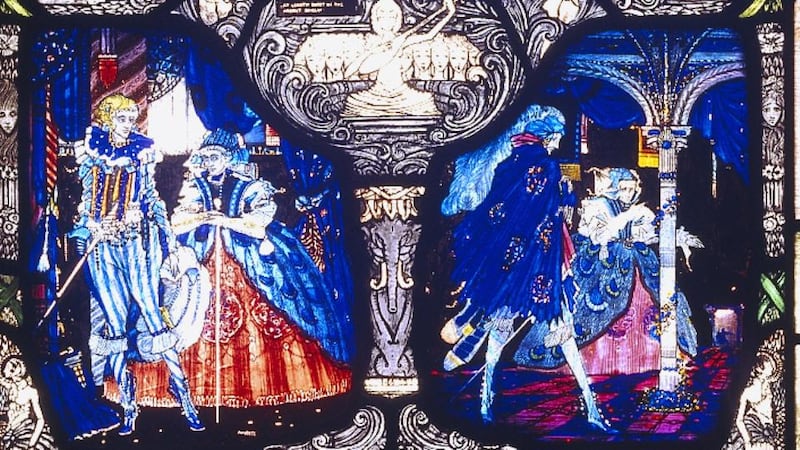
19. Irish border checkpoint
On April 1st, 1923, a “temporary frontier” on imported goods was placed on the boundary line between Northern Ireland and the Irish Free State. Many tin huts appeared at various sections of the border over the course of the year and subsequently. This “temporary frontier” lasted for more than 70 years; it was only rescinded due to the introduction of the single market throughout the European Union in 1993.
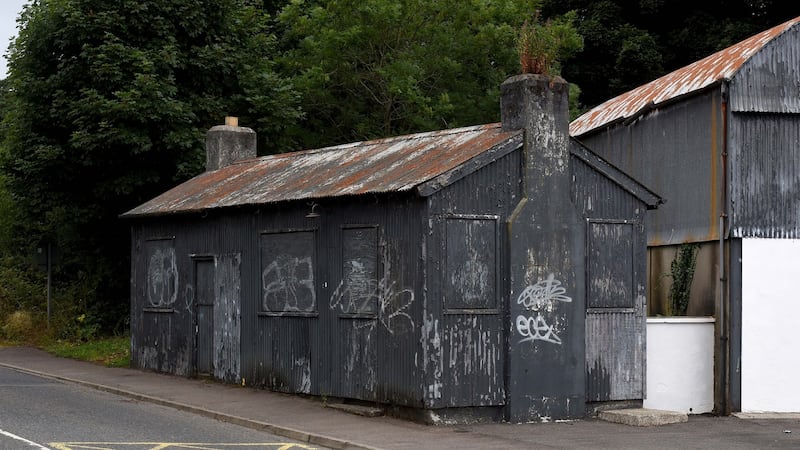
20. Dublin footballers
The Civil War threatened to cast a shadow on the 1923 All-Ireland senior football final between Dublin and Kerry. The Kingdom initially refused to play, in protest at the imprisonment of county board chairman and republican Austin Stack. Ultimately, Kerry did take to the field and led by 1-2 to 0-1 at half time. However, Dublin finished winners, with a final score of 1-5 to 1-3 in front on a 18,000-strong crowd. Joe Stynes, granduncle of Australian rules footballer Jim Stynes, played on the Dublin team that day.

21. Cork-assembled Ford Model-T
Thousands of cars and tractors were assembled in the Cork plant of Henry Ford & Son Limited from around 1920 to 1927. It initially made the Fordson tractor but this proved uneconomical, especially in light of the new customs border between the Free State and Britain. However, the Cork plant was able to serve a useful role building engines and rear axles for the in-demand Ford Model T, which were delivered to England. This continued until production of the Model-T in Europe ended in 1927.
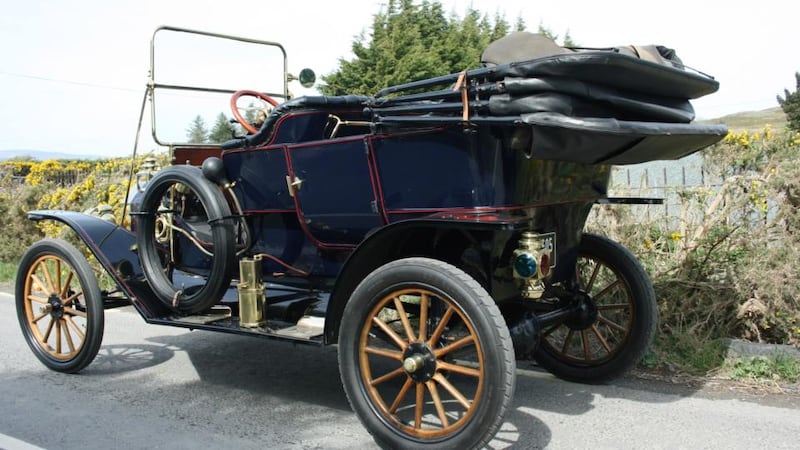
22. ‘Decoration’ by Mainie Jellet
This painting sparked controversy when first exhibited in 1923 at the Society of Dublin Painters’ group show. An Irish Times reviewer said: “They are all squares, cubes, odd shapes and clashing colours ... to me they presented an insoluble puzzle.” Another reviewer referred to “subhuman art of Miss Jellett”. She is now considered an important figure in Irish art, as both an early proponent of abstract art and a champion of the modernist movement. While abstract, some say the format, colour and media of Decoration recalls religious icons such as the Madonna and Child.
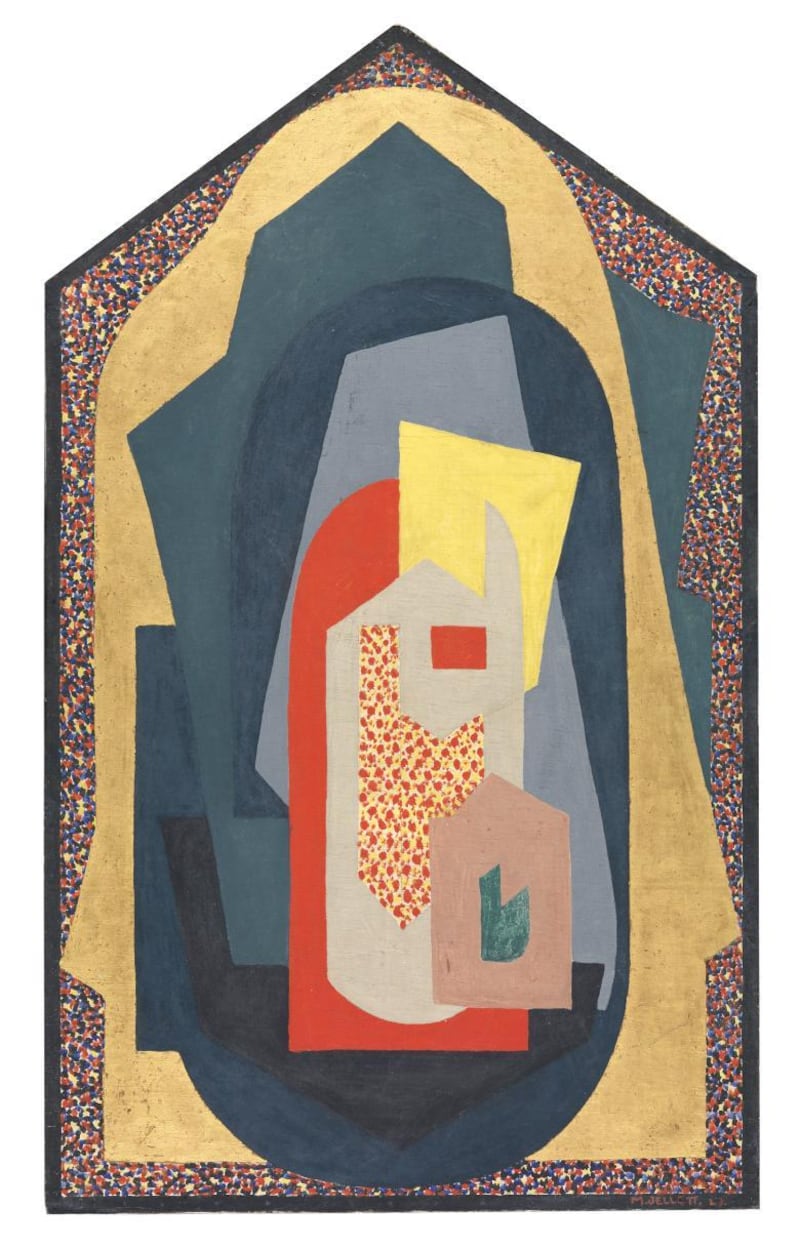
23. Terry’s LK Thick Sauce
“An Irish Triumph,” says the advert in the April 7th, 1923 edition of an An t-Óglách, journal of the National Army. The triumph referred to in this case isn’t a breakthrough in the Civil War. It’s an ad for Terry’s LK Thick Sauce, a “superb Irish relish” which “supplants any other sauce, foreign of otherwise, in the favour of all who have tried it”.
